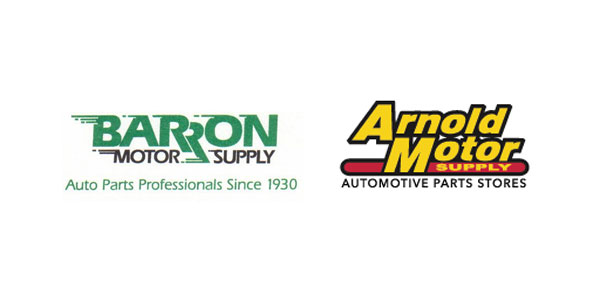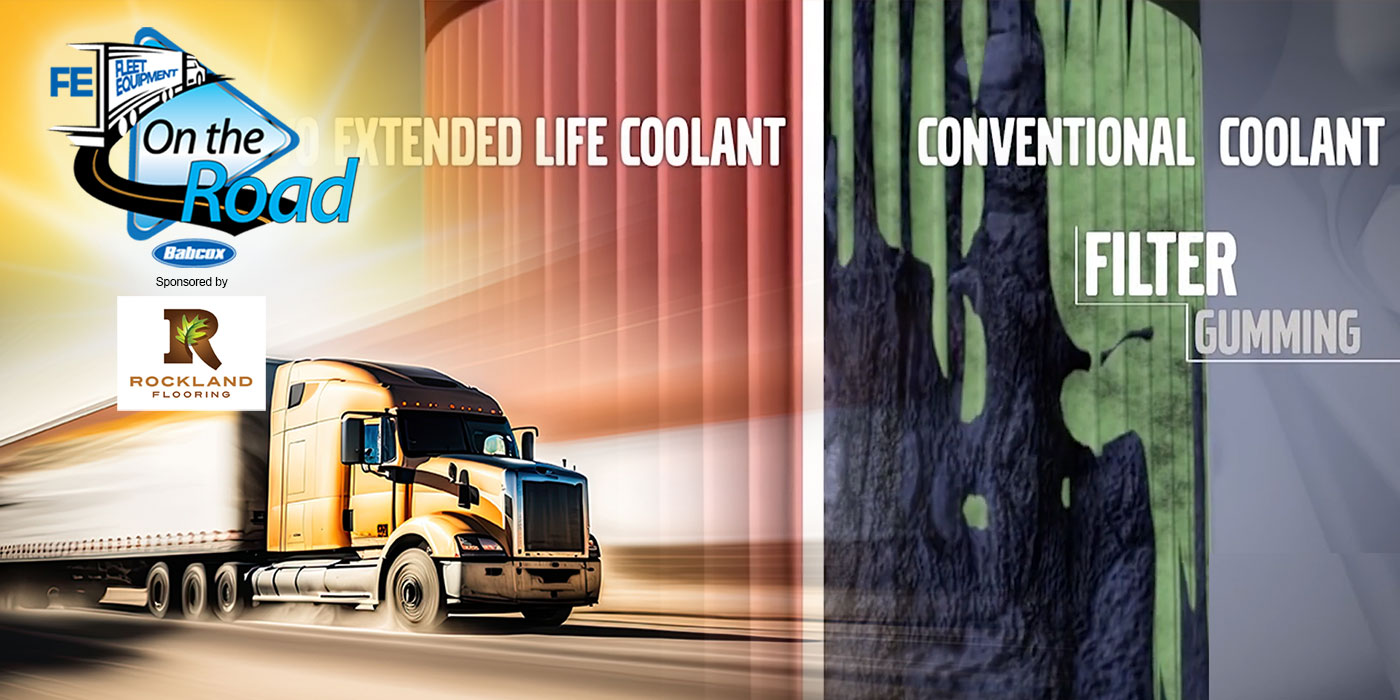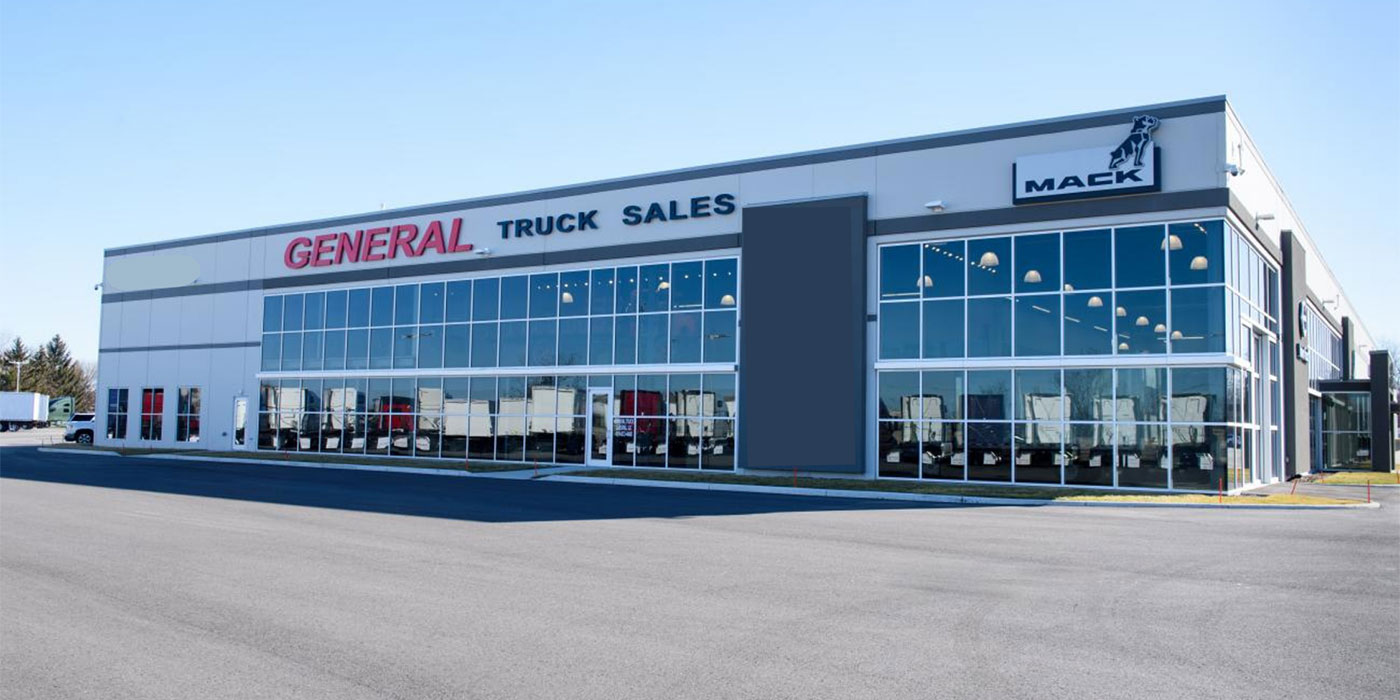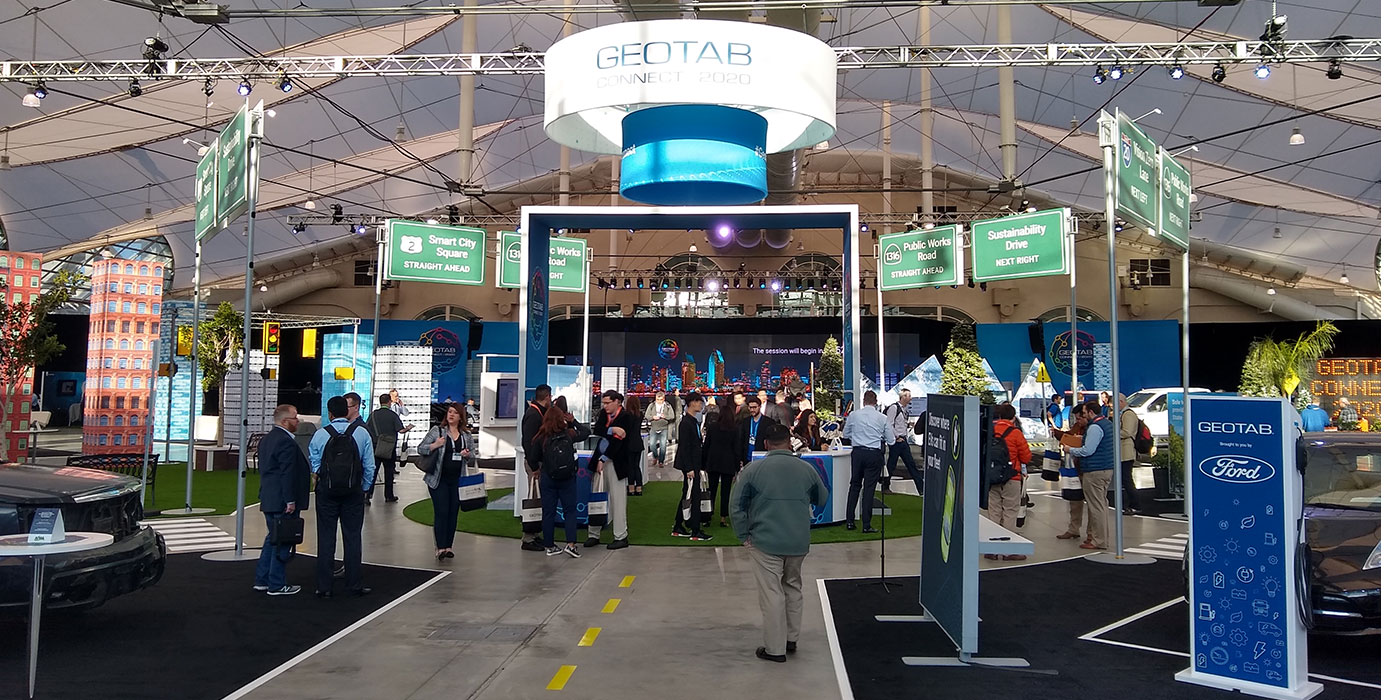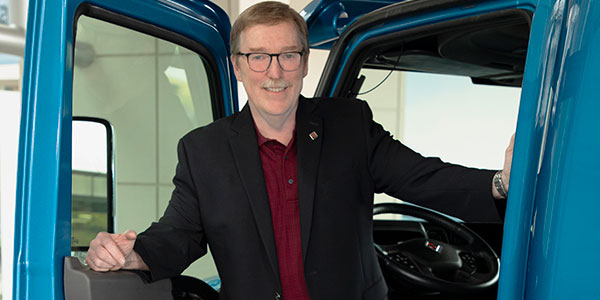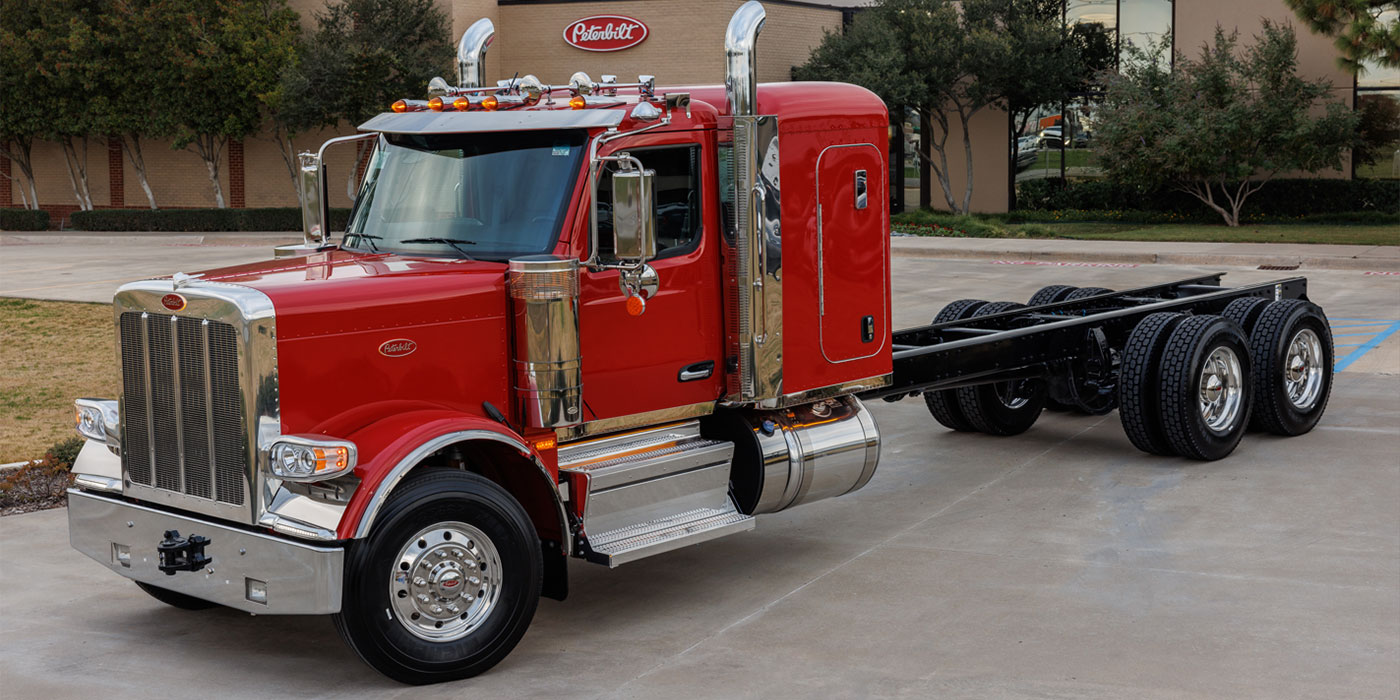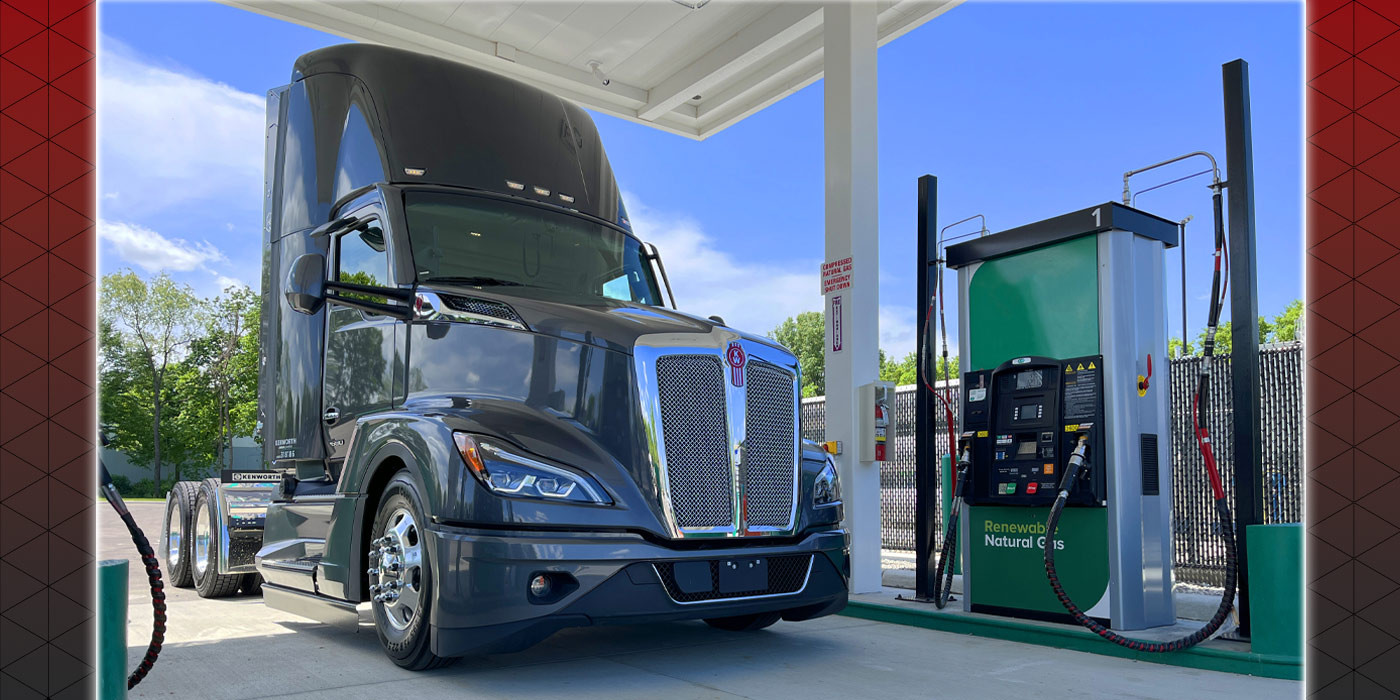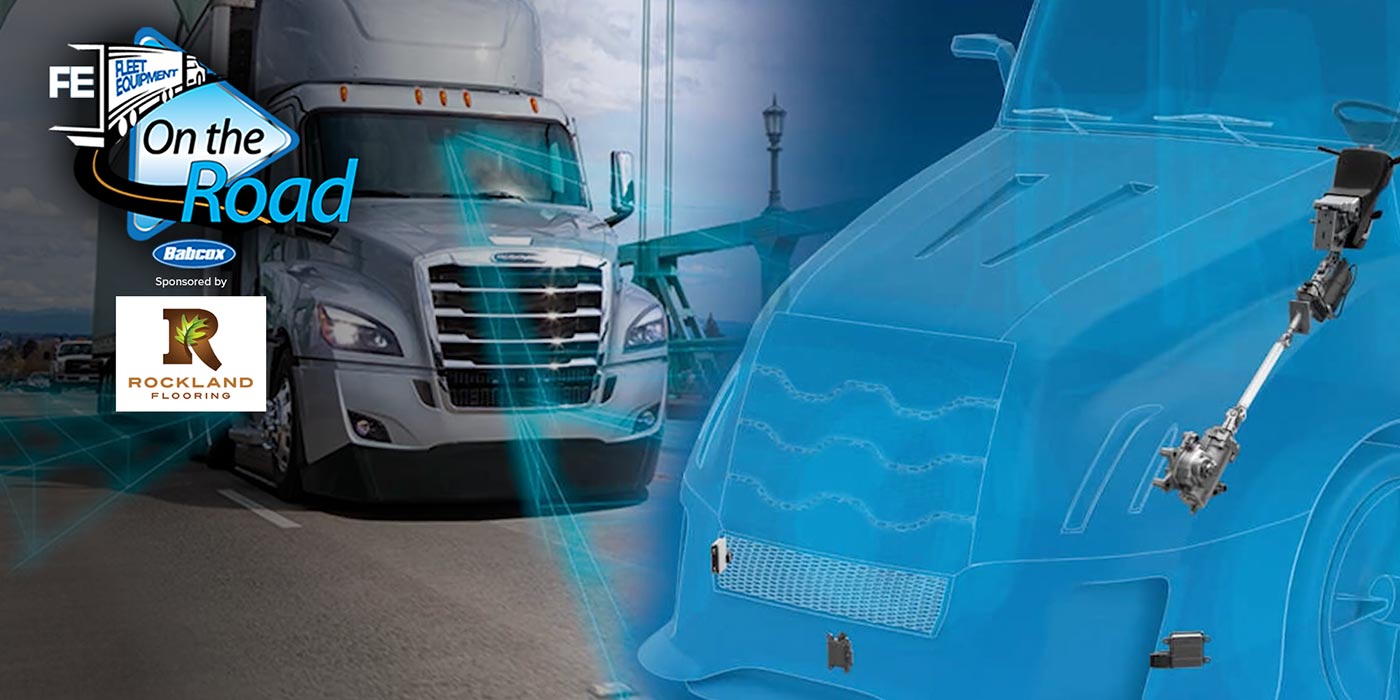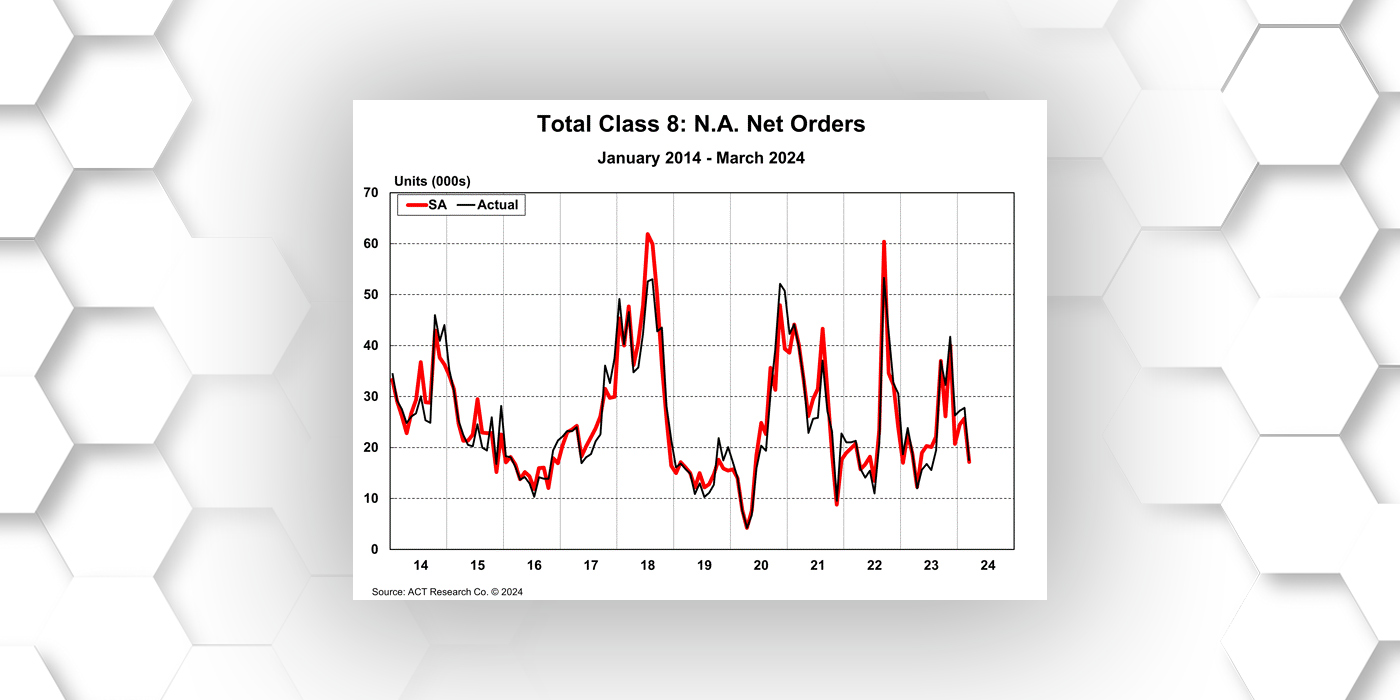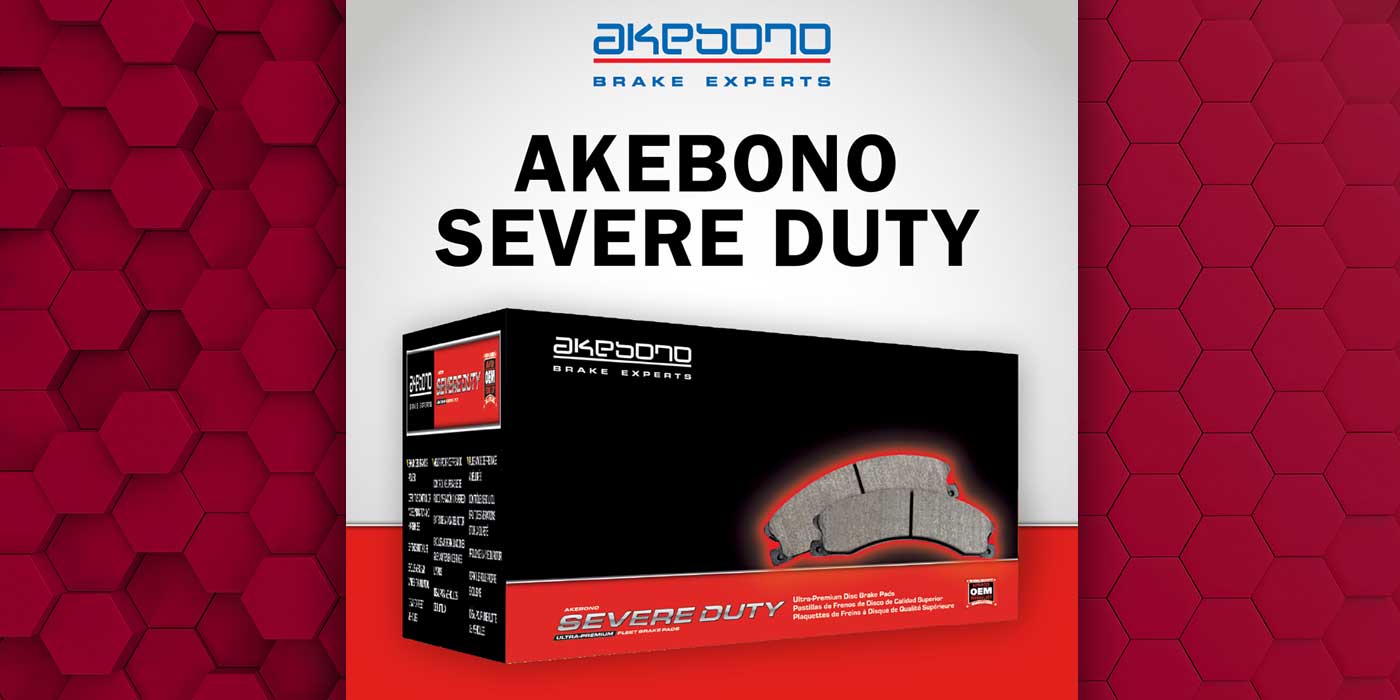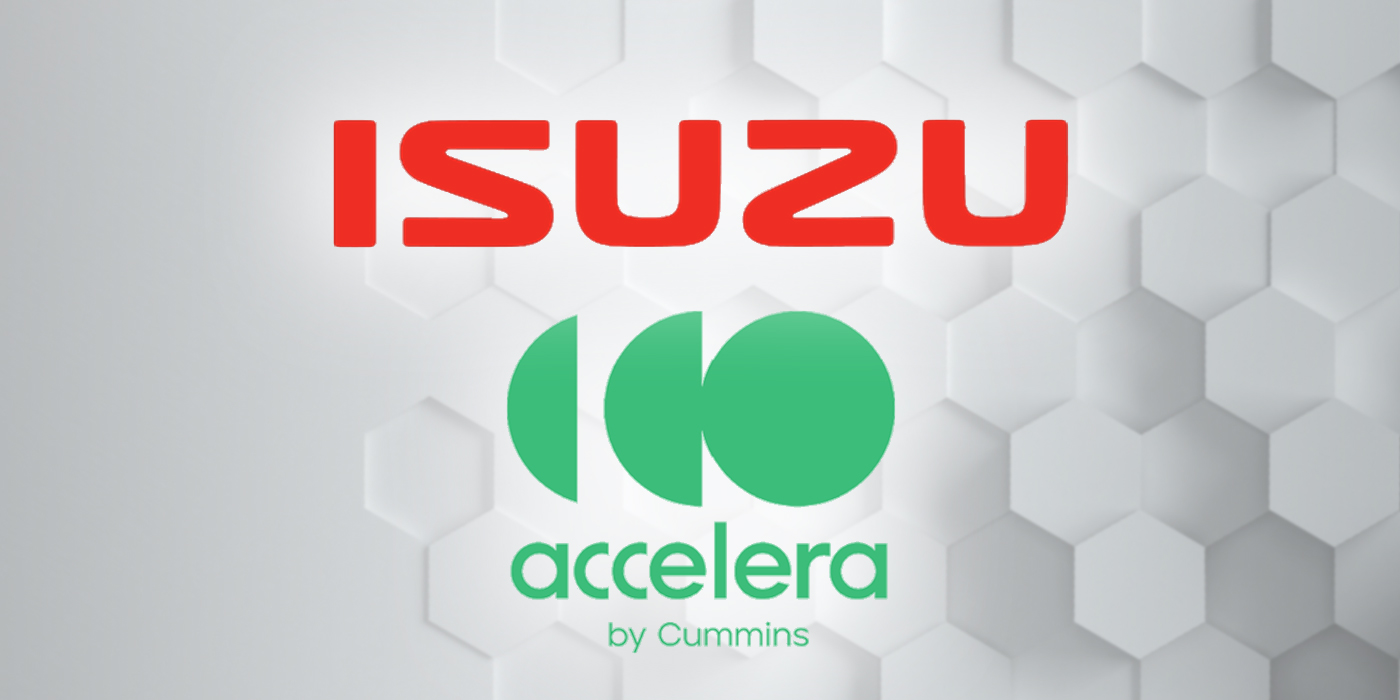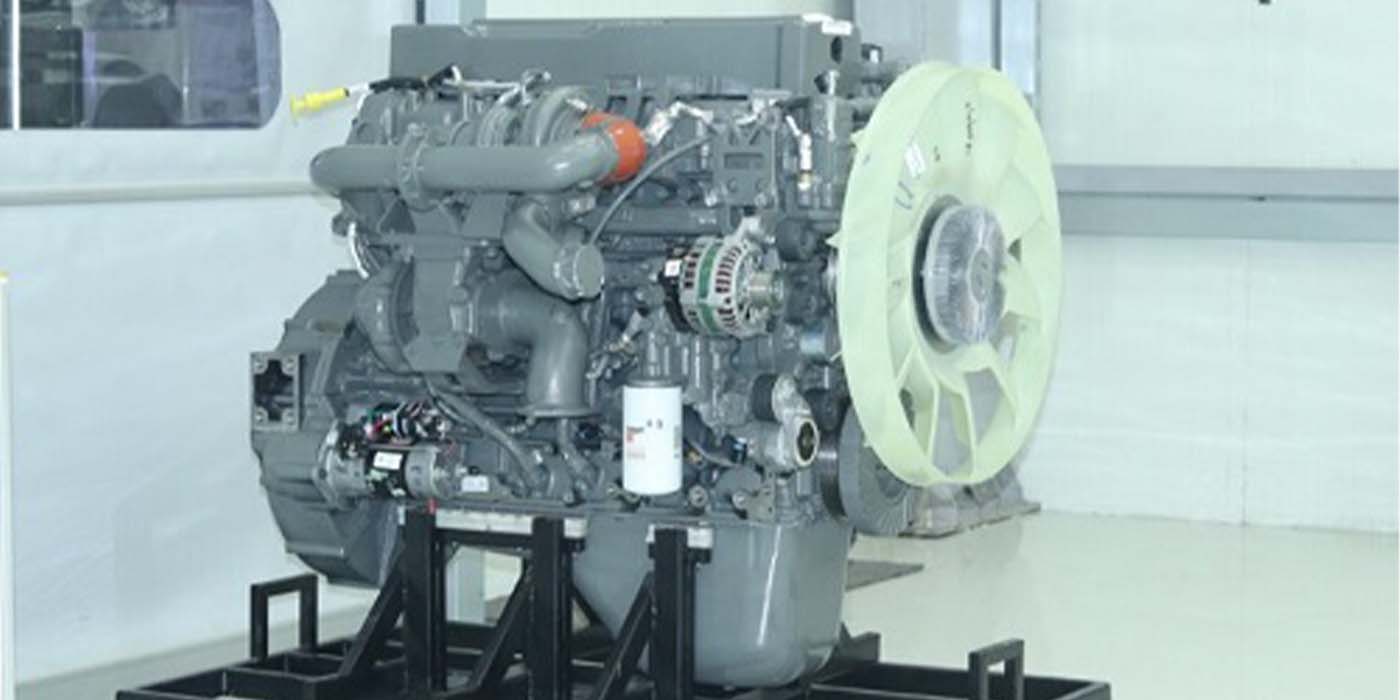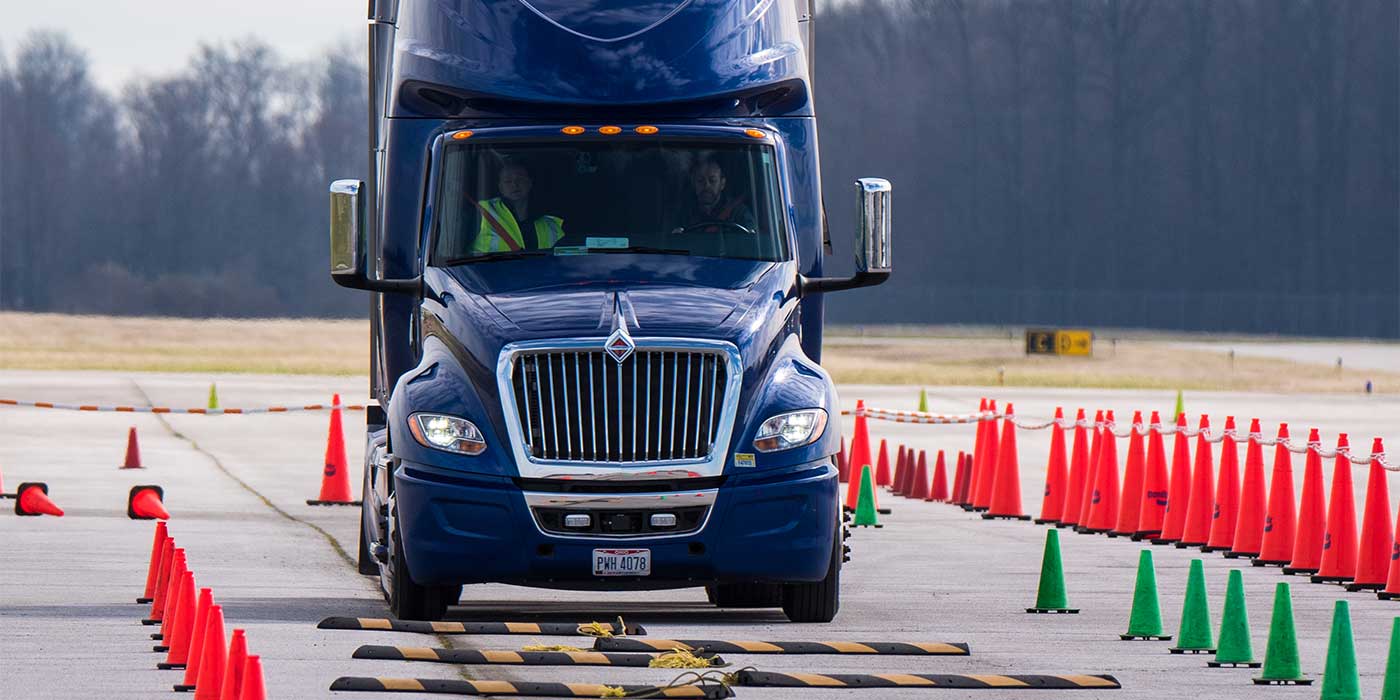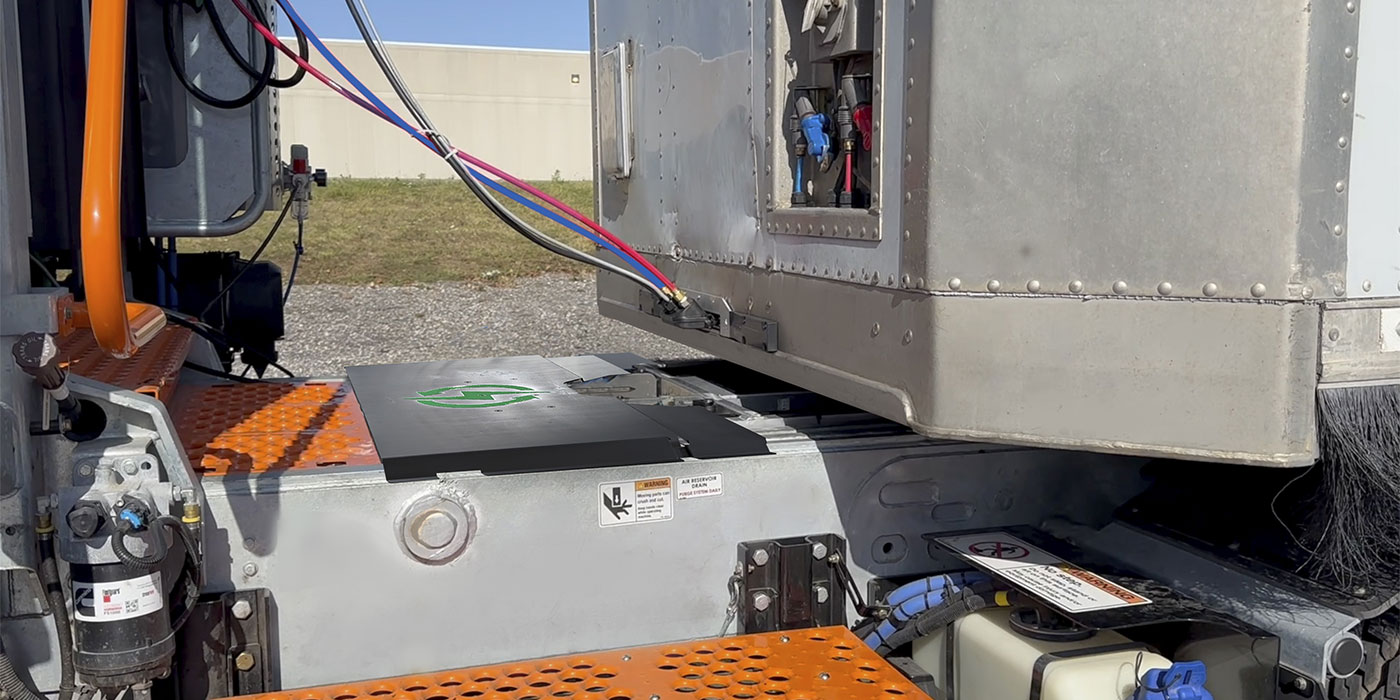In my October column I focused on the commercial introduction of API CJ-4 diesel engine oils into the North American market. This month I’m addressing some technical issues with API CJ-4 oils.
While conducting research for my October column, I uncovered several oils in the market place with API “donut” labels claiming they were both API CJ-4 and API CI-4 Plus. Traditionally when a new lubricant was introduced, the new specification defined an oil that would provide improvements in all critical performance areas. Therefore the new oil would easily pass all the laboratory performance tests required by both the new and old specifications.
This is not the case with the new API CJ-4 specification. This specification restricts levels of sulfated ash (detergent), phosphorus and sulfur (oxidation inhibitors) in the oil (remember low SAPS?) to optimize particulate trap life. In some cases, such as total base number (TBN) retention (an indicator of acid neutralizing capability), performance might actually be expected to decline. In other words, API CJ-4 oils do not automatically meet API CI-4 Plus test requirements.
Some oil marketers have performed the appropriate laboratory tests to prove their oil meets meet the requirements of both specifications, but I suspect that several just put both specs on the API donut because, traditionally, that would have been correct. Remember, oil marketers aren’t necessarily oil scientists! If someone tries to sell you an API CJ-4 oil claiming it will meet both the CJ-4 and CI-4 Plus specs, just ask to see the laboratory test data. Field test data would be even better.
If API CJ-4 oils were actually that much improved over API CI-4 Plus oils, would major engine manufacturers allow the use of API CI-4 Plus oils in their 2007 engines? As stated previously, low phosphorus and sulfur levels can be compensated for by using expensive ashless antioxidants. But lower sulfated ash levels dictate less detergent content (diesels love detergents), which effectively limits engine oil change intervals. Of course, ULSD fuel is thought to enable increased oil change intervals.
If an oil has 20 percent less detergent content, one might expect a similar reduction in oil change intervals. For fleets utilizing conservative oil change intervals, this probably won’t make any significant difference. But I know of one major fleet that will have problems because their oil supplier promised them oil change intervals they cannot safely achieve. Since this fleet doesn’t perform used oil analysis, and it will take some time for reduced engine life to become apparent, most likely the engine manufacturer will get the blame for producing poor quality products. Used engine oil analysis could easily provide the truth, but this fleet quit performing them.
I also learned there is a consortium of additive manufacturers, diesel engine manufacturers, oil companies, and the U.S. Department of Energy supporting research at MIT on an acid neutralizing filter. This “oil conditioning” filter, which has a strong base (high TBN), results in a “substantial improvement in TBN retention” and an “apparent improvement in piston ring and bearing wear.”
A filter such as this is currently commercially available, but it has encountered some industry pushback. At least one major engine manufacturer recognized that this filter “reduced ring and liner wear” based on considerable field testing.
Representatives from major oil marketers recently assured one industry publication that API CJ-4 oils will remain unchanged throughout 2010. Wanna bet? I take issue with those statements. We are currently seeing tremendous interest in both biodiesel and “low carbon” diesel fuels. When this all sorts out, I’m certain that lubricants must once again be “tweaked” to optimize performance with these fuels.

